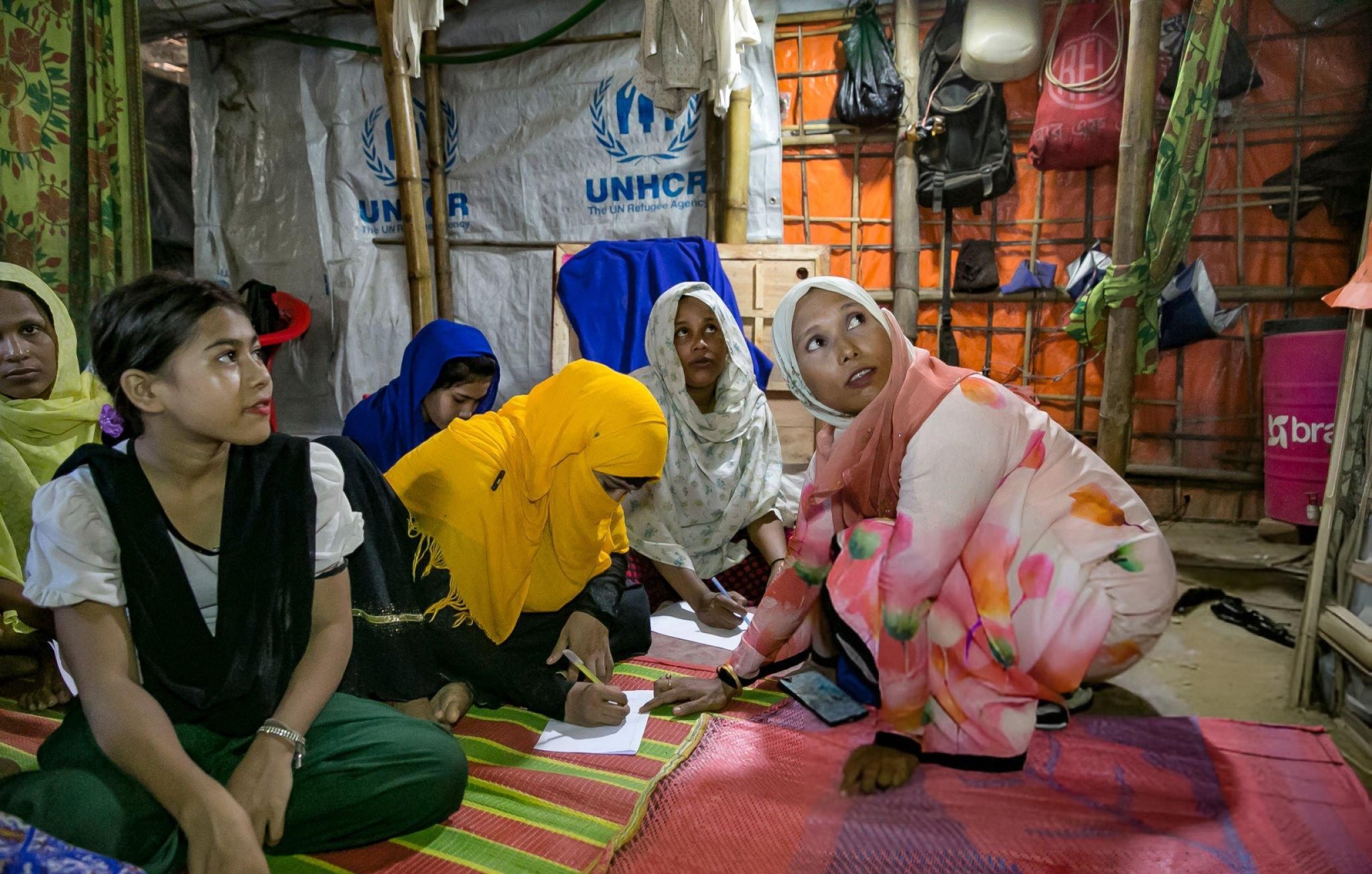It’s been two weeks since Myanmar was rocked by a powerful earthquake, a catastrophe that has left devastation in its wake. More than 3,500 people have tragically lost their lives — hundreds of them children — with over 5,000 more injured. Among the most vulnerable are 150,000 pregnant women, now forced to navigate childbirth and new motherhood amid rubble, fear, and chaos.
Picture this: you’ve just given birth. Your baby is in your arms, fragile and precious — but there’s no hospital to care for you, no clean water, no roof overhead. That’s the reality for thousands of mothers in Myanmar right now. In Sagaing, the worst-hit region, one in three houses has crumbled. Across the wider area, at least 120,000 buildings have been flattened. Entire communities are now sleeping outside under the scorching sun, where temperatures soar to 40°C.
But if that weren’t enough, another threat looms. The monsoon rains are just around the corner, already starting in some areas. For families without homes, shelter or sanitation, the rains will bring new dangers — waterborne disease, landslides, and more suffering.
While many of us here in the UK are looking forward to Easter with our families, Myanmar is preparing for what would have been its joyful New Year festival. Instead, it will be marked by mourning and hardship. Many rural communities have barely been heard from since the quake, and only now are we learning the full extent of the devastation beyond major towns like Sagaing and Mandalay.
I’m writing not only as a mother, but as an ambassador for Save the Children, one of the 15 UK charities working together as part of the Disasters Emergency Committee (DEC). These agencies are on the ground, responding to this crisis in both rural and urban areas.
The images coming back are heartbreaking. Children’s backpacks lying in rubble where schools once stood. Families crouched under tarpaulins, clutching mats and mosquito nets distributed by charities like World Vision. Their priority now isn’t education or employment — it’s simply surviving.
Health risks are growing by the day. Mosquito-borne illnesses, poor sanitation, and a lack of safe water all threaten to turn an already dire situation into a humanitarian nightmare. One mother I learned about has three young children. Her eldest son carries a sleeping mat on his back. Another clutches a mosquito net to shield his siblings from disease. It’s a heartbreaking but all-too-common scene.
Then there are the personal stories. A teacher in Mandalay, desperate to return to her village after the quake, found herself stranded when a bridge collapsed. She’d left everything behind in her frantic rush to check on her child — not knowing whether he’d survived. Thankfully, he had. But no one should ever have to face that kind of fear.
More than 17 million people — nearly a third of Myanmar’s population — have been affected across 57 townships. Thousands of children are traumatised, many still in shock, some separated from their families. That’s why Save the Children isn’t only providing essentials like food, water, and medical aid. They’re also offering psychosocial support to help children begin to heal.
I’ve seen the difference DEC charities can make, having visited disaster zones in Syria, Nepal, Bangladesh, and after Typhoon Haiyan in 2014. Swift, coordinated action saves lives — and hope.
So far, the DEC Myanmar Earthquake Appeal has raised over £16 million in just a week. It’s a brilliant start, and a testament to the generosity of the British public. But we can’t stop now.
If you haven’t donated yet, and you’re in a position to do so, please help. Every pound can save, protect and rebuild the life of a child in Myanmar. Visit the DEC website to contribute.
Thank you for your kindness.







